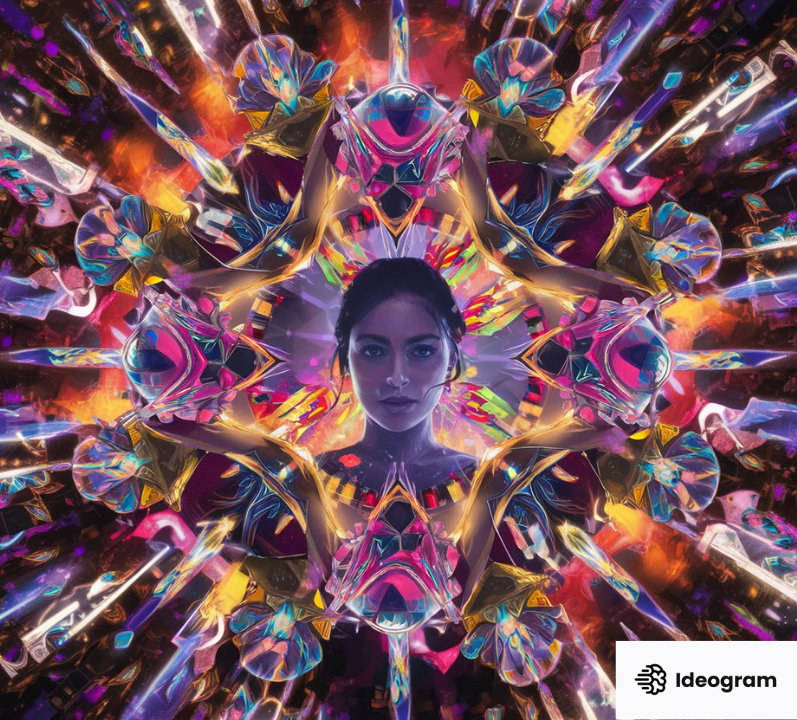From Personal Expression to Professional Tool: How Image Generation is Changing Speech Pathology
Feb 24, 2025
A Personal Introduction to Image Generation
I first explored image generation as a personal, almost sentimental tool. After a dinner outing with my granddad, I realized I hadn’t taken a single photo. Determined to capture the moment, I turned to Ideogram, recreating the scene as a keepsake. That simple act—bringing a memory to life—made me realize the power of AI-generated images.
But what started as a personal experiment quickly turned into something more.
If I could use AI to express memories and emotions, could my clients—especially those with communication challenges—do the same?
Therapeutic Uses of Image Generation
Speech pathology is all about communication, and not every client expresses themselves in traditional ways. That’s where image generation can be surprisingly effective.
AAC Users & Visual Expression
One of my AAC-using clients struggled to describe what he wanted to create. Instead, he pointed to objects in the room, arranging them as clues for me to input into an image generator.
The result? A hilarious picture of a boy holding a ladder in Sydney standing in poo with no shirt, sticking out his tongue—completely his own idea, just expressed in a different way.

Encouraging Humor & WH Questions
Another client, using Proloquo2Go, typed out "dolphin eating a burger" when asked where? she selected "McDonalds"—a picture that had us both laughing. That image sparked an entire session of WH-question practice: What would a dolphin eat? What else might it order? Why is this so funny?

Narrative Therapy & Literacy Stimulus
AI-generated images can be a fantastic storytelling tool for both kids and adults. Instead of using pre-made story cards, clients can generate custom images as prompts for:
📖 Story retelling & sequencing
📝 Expanding vocabulary & sentence structure
🔍 Inferencing & problem-solving (e.g., “What’s happening in this picture?”)
For early literacy, AI-generated images provide engaging, personalized stimulus for phonological awareness, rhyming, and sight word practice. Instead of generic flashcards, clients can create images that directly relate to their speech targets or interests!
It's Also Great for Use with Adult Clients
While I primarily work with children, AI-generated images can also be useful for adult clients, such as those in stroke recovery, brain injury rehabilitation, or with communication disabilities. Potential applications include:
🗣️ Picture description tasks for aphasia therapy
🎭 Generating images based on emotions to encourage discussion
📌 Creating customized visual aids for memory and sequencing
For neurodivergent adults, AI images can be a tool for self-expression, engaging special interests, and supporting communication in a way that feels natural and motivating.
For clients who communicate primarily through methods other than speech, AI-generated images can be a powerful way to share ideas, emotions, and humor in ways that speech alone might not allow.
Business & Marketing Applications
Beyond therapy, image generation has transformed how I approach marketing. I put this to the test while promoting the Speech Pathology Australia End of Year Celebration. Instead of using no event graphics, I created AI-generated images of speech pathologists at a lively networking event.
For busy speech pathologists, AI tools like Ideogram, Canva Magic Studio, and DALL·E can streamline content creation for:
✅ Social media marketing – Eye-catching visuals for posts & stories
✅ Event promotions – Unique graphics that stand out
✅ Branding visuals – Personalized, AI-enhanced logos & banners
With just a few words, you can create professional-looking content—without needing a graphic design background.
A Visual Representation of Business Growth
As I transitioned into focusing on AI for speech pathologists, image generation became more than just a marketing tool—it became a way to visually represent my business journey. Just as I used AI to recreate my granddad’s image, I now use it to illustrate new ideas, concepts, and even the future of speech pathology itself.

Final Thoughts & Your 5-Step Image Generation Challenge
Whether in therapy or business, image generation isn’t just about aesthetics—it’s about expression, engagement, and storytelling.
If you haven’t experimented with AI-generated images yet, I encourage you to try.
💡 Your Challenge: 5 Quick Actions to Learn AI Image Generation
1️⃣ Choose a Free AI Tool – Try Ideogram, Canva Magic Studio, or DALL·E 3 (via ChatGPT). No downloads needed!
2️⃣ Recreate a Memory – Pick a special moment (like I did with my granddad) and describe it to an AI tool. See how close it gets!
3️⃣ Make a Therapy Visual – Create an image based on a concept you teach in therapy (e.g., emotions, WH questions, or sequencing).
4️⃣ Design a Social Media Post – Generate an AI image for your next post. Compare engagement with your usual content.
5️⃣ Get Creative with a Client – Show an AI tool to a client and let them guide the creation process. Can they describe something fun or silly?
📖 Want to hear more about how I use AI in my practice sign up for my Newsletter.


